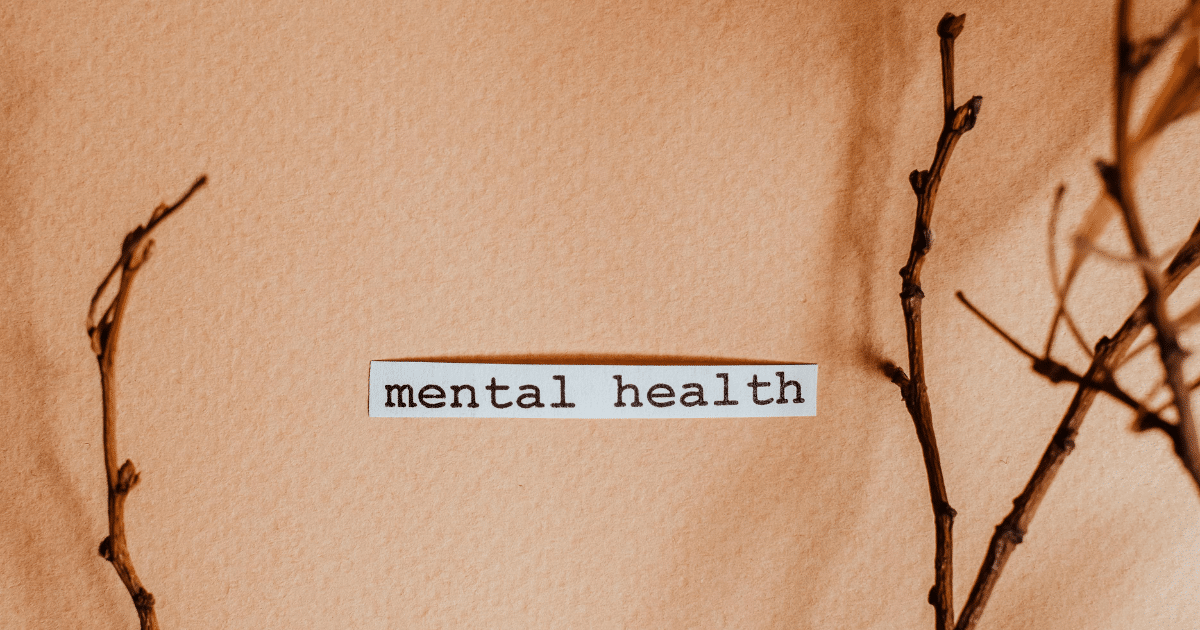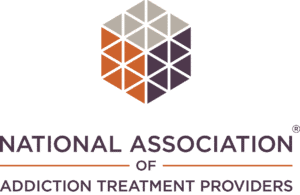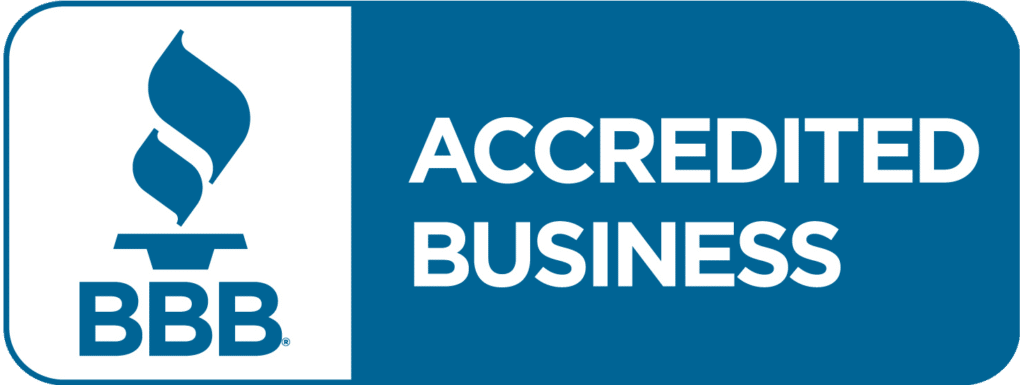What Does Crack Look Like? Spotting the Signs of This Dangerous Drug
Crack cocaine is a highly addictive and dangerous substance that has devastated countless individuals and families since it first emerged in the 1980s. Understanding what crack looks like, how it is used, and the warning signs of addiction can be the first steps toward prevention, intervention, and recovery. If you’ve ever wondered, “What does crack look like?” or how to identify its use, this comprehensive guide will provide you with the critical information needed to spot the signs, protect your loved ones, and find the right support.
What Is Crack Cocaine?
Crack cocaine is a crystalline form of cocaine, which is a potent stimulant derived from the leaves of the coca plant. Unlike powdered cocaine, which is typically snorted or injected, crack is processed with baking soda or ammonia and water to create solid “rocks” intended for smoking. The name “crack” comes from the crackling sound the crystals make when heated. Introduced in the 1980s as a cheaper, more accessible alternative to powdered cocaine, crack rapidly gained notoriety for its intense high and highly addictive nature. The drug’s affordability and rapid onset of effects have contributed to widespread abuse and significant social and health consequences.
The use of crack cocaine is illegal and associated with severe health risks, including addiction, mental health disorders, and increased risk of infectious diseases. According to the U.S. Drug Enforcement Administration (DEA), crack cocaine is classified as a Schedule II controlled substance, highlighting its high potential for abuse and dependence.
Why Is It Important to Recognize Crack?
Recognizing crack cocaine and its signs of use is vital for several reasons:
- Protecting Health: Crack use can lead to immediate and long-term health issues, including cardiovascular problems, respiratory failure, and neurological damage. Early detection can prevent serious medical complications.
- Preventing Addiction: Crack’s addictive potential is extremely high. Even brief experimentation can result in rapid dependence, making it essential to identify use early and intervene before addiction develops.
- Supporting Loved Ones: Being able to recognize the signs of crack use enables families and friends to offer support, initiate conversations, and guide individuals toward professional help and rehabilitation.
Understanding the appearance and symptoms of crack use is crucial for both prevention and effective intervention, helping to reduce the devastating impact of this drug on individuals and communities.
What Does Crack Look Like?
Crack cocaine is distinguishable by its unique appearance, which sets it apart from other illicit substances. Below, we detail the key characteristics that can help you identify crack cocaine and avoid confusion with other drugs.
Physical Description of Crack
| Characteristic | Description |
|---|---|
| Color | Typically white or off-white; may appear yellowish or beige due to impurities. |
| Shape | Irregular, jagged “rocks” or chunks; no standard shape. |
| Size | Varies from tiny crystals (like coarse salt) to large rocks the size of a walnut. |
| Texture | Brittle, crumbly, and lightweight; easily broken with fingers. |
Crack is usually sold in small, individually wrapped bags or containers, making it relatively easy to conceal. Its distinct look and texture make it different from many other street drugs.
How Crack Differs from Other Drugs
- Crack vs. Cocaine Powder: While both are forms of cocaine, powdered cocaine is a fine, white powder, whereas crack is solid and crystalline.
- Crack vs. Methamphetamine: Meth often appears as translucent, crystalline shards, sometimes with a bluish tint, while crack is opaque and white or off-white.
- Crack vs. Heroin: Heroin can sometimes appear as a brownish or off-white powder or solid, but it is generally not as brittle or crystalline as crack.
For more information about how to identify different illicit substances, visit the Centers for Disease Control and Prevention (CDC) resource on drug identification and overdose prevention.
Where Is Crack Usually Stored?
Dealers and users often go to great lengths to hide crack cocaine from authorities and loved ones. Some of the most common hiding spots include:
- Plastic Bags: Small, resealable bags are a popular method for storing and transporting crack rocks. These bags may be hidden in clothing, shoes, or taped to the body.
- Containers with False Bottoms: Everyday items such as soda cans, deodorant sticks, or hollowed-out books are often modified to conceal drugs.
- Household Items: Look for unusual objects that seem out of place, like makeup kits with hidden compartments or personal hygiene products that feel heavier or sound different when shaken.
Being aware of these hiding places can help parents and caregivers detect drug use early and take appropriate action.
How Is Crack Used?
The primary method of using crack cocaine is smoking, but there are other, less common methods as well. Each method carries its own set of health risks and dangers.
Smoking Crack
Most users smoke crack by placing a rock in a glass pipe and heating it. As the rock is heated, it produces vapors that are inhaled. This method delivers the drug quickly to the brain, resulting in an intense, short-lived high that typically lasts five to ten minutes. The rapid onset of effects is one of the reasons crack is so addictive, as users often chase the initial euphoria by smoking more.
Other Methods of Crack Consumption
- Injecting: Some users dissolve crack in water and inject the solution with a syringe. This practice greatly increases the risk of bloodborne infections like HIV and hepatitis, especially when needles are shared.
- Snorting: Although uncommon, some may crush crack rocks into powder and snort them. This can cause severe nasal damage and is generally less effective than smoking in terms of producing a high.
For more detailed information about drug consumption methods and associated risks, refer to the Substance Abuse and Mental Health Services Administration (SAMHSA).
What Are the Signs of Crack Use?
Spotting the signs of crack cocaine use early can be life-saving. The physical, behavioral, and environmental symptoms of crack addiction are often pronounced and can escalate quickly.
Physical Symptoms
- Increased Heart Rate: Crack stimulates the central nervous system, causing rapid heartbeat, chest pain, shortness of breath, and elevated blood pressure. These symptoms can be dangerous, especially for individuals with pre-existing heart conditions.
- Poor Appearance: Neglect of personal hygiene and appearance is common. Users may appear disheveled, with unhealthy skin, brittle hair, and noticeable weight loss.
- Dental Issues: “Crack mouth” refers to dental problems such as swollen gums, discolored teeth, and rapid tooth decay, often caused by the harsh chemicals in crack and poor oral hygiene.
Behavioral Changes
- Mood Swings: Users may shift rapidly from euphoria to irritability or depression, often without clear cause. This emotional volatility can strain relationships and disrupt daily life.
- Lack of Focus: Crack impairs cognitive function, making it difficult to concentrate, remember information, or complete tasks.
- Social Withdrawal: Individuals addicted to crack often isolate themselves, avoiding friends and family in favor of drug use.
Environmental Clues
- Drug Paraphernalia: Items like glass pipes, lighters, small plastic bags, and improvised smoking devices may be found hidden in personal spaces.
- Unusual Smells: The smell of crack smoke is often described as a combination of chemicals and burning plastic. Persistent, unexplained odors in a room may indicate drug use.
What Are the Dangers of Crack Use?
The consequences of crack cocaine use are severe, affecting nearly every aspect of a person’s physical and mental health. Both short-term and long-term dangers must be considered when assessing the risks of crack addiction.
Short-Term Effects of Crack
- Euphoria and Increased Energy: The initial high is characterized by intense pleasure, hyperactivity, and a false sense of confidence.
- Physical Discomfort: As the high fades, users may experience chest pain, muscle twitches, and blurred vision.
- Psychological Distress: Anxiety, panic attacks, paranoia, and hallucinations are common even after a single use.
Long-Term Effects of Crack
- Mental Health Disorders: Chronic use can cause depression, anxiety, paranoia, and even psychosis, with symptoms persisting long after drug use has stopped.
- Physical Deterioration: Crack use damages organs such as the lungs, heart, liver, and reproductive system. Users are also at risk for infectious diseases due to risky behaviors.
- Addiction and Withdrawal: Crack is notorious for its addictive potential. Withdrawal symptoms include severe cravings, fatigue, depression, and agitation, making recovery challenging without professional help.
How to Help Someone Struggling With Crack Addiction
If you suspect a loved one is using crack cocaine, there are steps you can take to provide support and encourage recovery:
- Initiate a Conversation: Approach the individual with compassion, express your concerns, and offer your support without judgment or anger.
- Seek Professional Help: Contact addiction specialists, therapists, or rehabilitation centers experienced in treating crack addiction. Treatment may involve detoxification, counseling, and ongoing support.
- Provide Ongoing Support: Recovery is a long-term process. Offer emotional support, attend therapy sessions if appropriate, and help maintain a drug-free environment at home.
It’s important to remember that recovery is possible, but it often requires a combination of medical intervention, therapy, and a strong support network.
Preventing Crack Use and Addiction
Prevention is key to keeping crack cocaine and other illicit drugs out of your home and community. Consider these strategies for reducing the risk of drug use among family members, especially teens:
- Educate Your Family: Have honest conversations about the dangers of drugs, including crack cocaine. Use age-appropriate language and provide real-life examples of the consequences of drug use.
- Build Trusting Relationships: Foster open communication so that children and teens feel comfortable discussing peer pressure and challenges. Avoid punitive reactions, as understanding and support are more effective in preventing drug use.
- Support Mental Health: Address underlying mental health issues, such as anxiety or depression, that may increase the risk of substance abuse. Seek professional help if you notice changes in mood, behavior, or academic performance.
Community involvement, early intervention, and continued education are vital to preventing crack addiction and promoting healthy, drug-free lifestyles.
Find Help and Support at Silicon Valley Recovery
If you or someone you care about is struggling with crack cocaine addiction, seeking professional help is essential for a safe and lasting recovery. Silicon Valley Recovery offers compassionate, evidence-based treatment programs tailored to the unique needs of each individual. Our team of experienced clinicians provides comprehensive care, including medical detox, counseling, and aftercare planning, to help clients achieve and maintain sobriety. Take the first step toward healing—contact Silicon Valley Recovery today to learn more about our services and how we can support your journey to a healthier, drug-free life.
FAQs About Crack Cocaine
What does crack cocaine look like?
Crack cocaine typically appears as small, irregularly shaped “rocks” or crystals that are white or off-white in color. Sometimes, due to impurities or the manufacturing process, the rocks may have a yellowish or beige tint. The texture is brittle and crumbly, and the size can vary from tiny granules to larger chunks. Unlike powdered cocaine, crack is solid and intended for smoking.
What are the most common signs of crack use?
Common signs of crack use include rapid heartbeat, erratic mood swings, sudden weight loss, dental problems, neglect of personal hygiene, social withdrawal, and the presence of drug paraphernalia such as glass pipes or small plastic bags. Unusual chemical smells and secretive behavior may also be indicators of crack use.
How dangerous is crack cocaine compared to other drugs?
Crack cocaine is considered one of the most dangerous illicit drugs due to its high potential for addiction, rapid onset of effects, and severe health risks. Compared to substances like methamphetamine or heroin, crack’s addictive potential and short, intense high make it particularly hazardous. Chronic use can lead to irreversible physical and mental health damage.
Can someone recover from crack addiction?
Yes, recovery from crack addiction is possible with the right support and treatment. Successful recovery often involves a combination of medical detox, behavioral therapy, counseling, and support groups. Professional treatment centers, such as Silicon Valley Recovery, provide individualized care plans to address both the physical and psychological aspects of addiction.
How can I prevent my family from being affected by crack cocaine?
Prevention strategies include open communication about the risks of drug use, fostering a supportive home environment, monitoring for behavioral changes, and seeking professional help for underlying mental health issues. Educating children and teens about the dangers of crack and encouraging healthy coping mechanisms can significantly reduce the risk of substance abuse.
For additional information and resources on crack cocaine, addiction, and recovery, consult trusted authorities like the National Institute on Drug Abuse (NIDA).
















